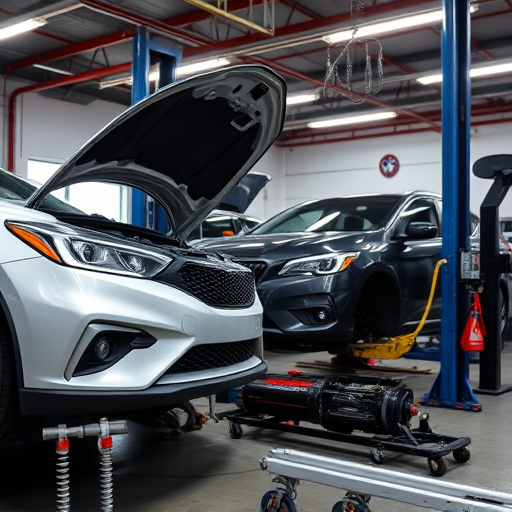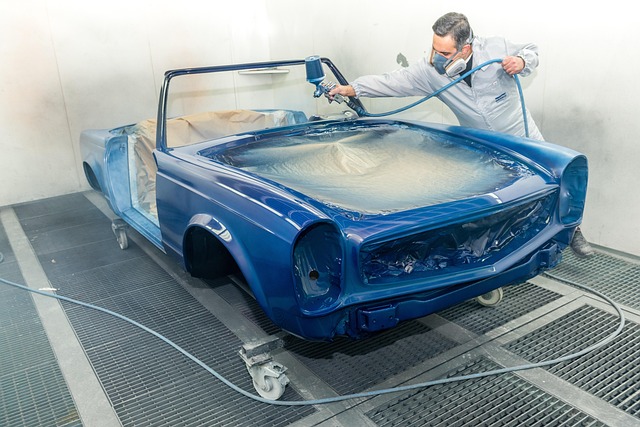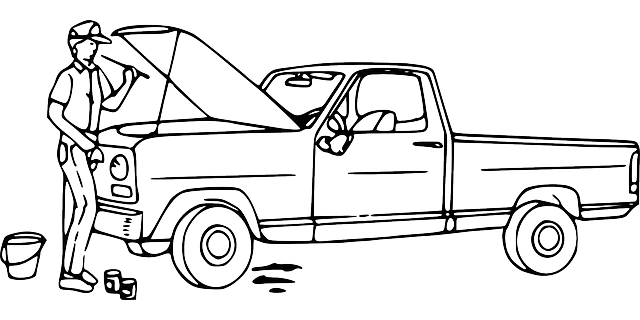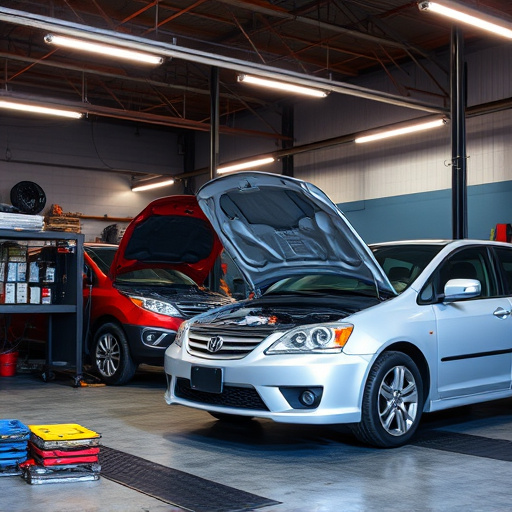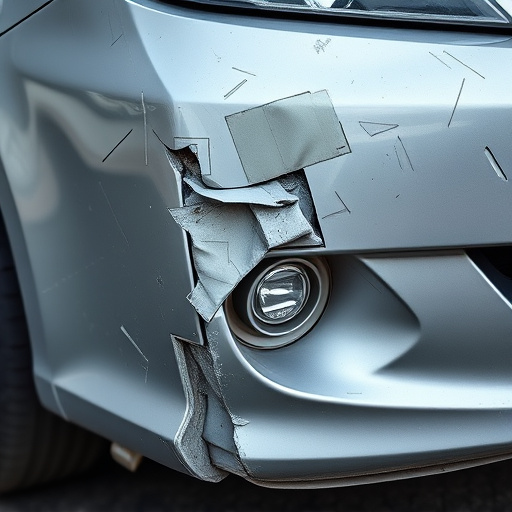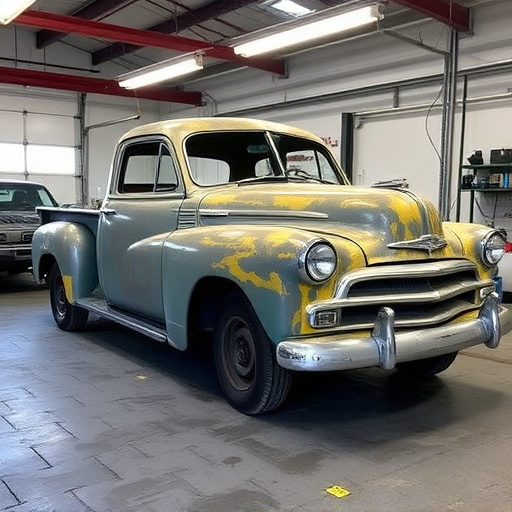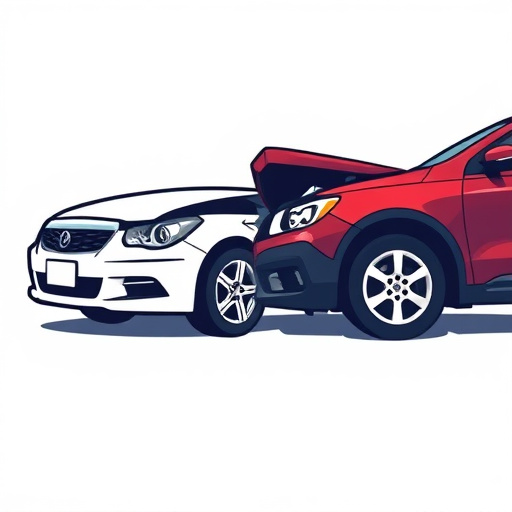After a car crash, prioritize personal safety and vehicle damage assessment. Document incident with photos, medical records, and witness statements for collision insurance claims. Understand collision insurance coverage and deductible before taking actions to ensure fair and swift resolution.
After a car crash, it’s crucial to know when to involve insurance. Before filing a claim, evaluate damage and injuries to ensure they warrant compensation. Document the incident thoroughly—exchange information with others involved, take photos of the scene and damages, and record witness statements. Understand your policy coverage and deductible; these factors determine how much your collision insurance claims will cover. Navigating these steps ensures you receive adequate financial protection following an accident.
- Evaluating Damage and Injuries First
- Documenting the Incident Thoroughly
- Understanding Your Policy Coverage and Deductible
Evaluating Damage and Injuries First
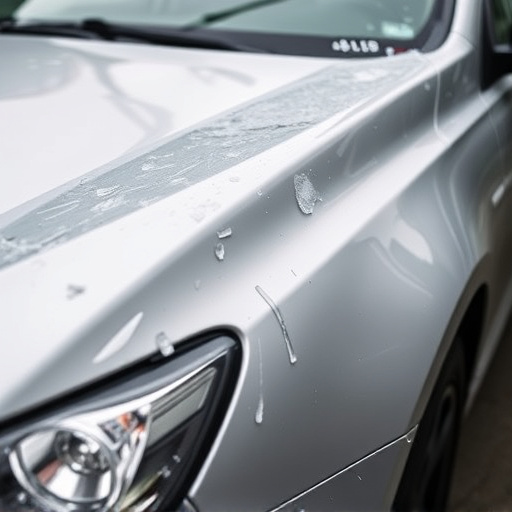
After a car crash, the initial focus should be on evaluating any damage and assessing personal injuries before considering insurance involvement. It’s crucial to remain calm and prioritize safety first and foremost. Take stock of the situation by examining your vehicle for visible damages; this includes dents, cracks, or any fluid leaks. Additionally, carefully assess yourself and any passengers for any injuries, no matter how minor they may seem initially. Seek medical attention if necessary, as some injuries might not be immediately apparent.
Documenting the incident is also key to supporting future collision insurance claims. Take photos of the damage to your vehicle from various angles, noting any details that could be relevant to the repair process and liability assessment. Keep records of any conversations with healthcare providers or witnesses at the scene. These steps will help streamline the claims process and ensure you have all the necessary information when filing automotive collision repair or auto repair services claims with your insurance provider.
Documenting the Incident Thoroughly
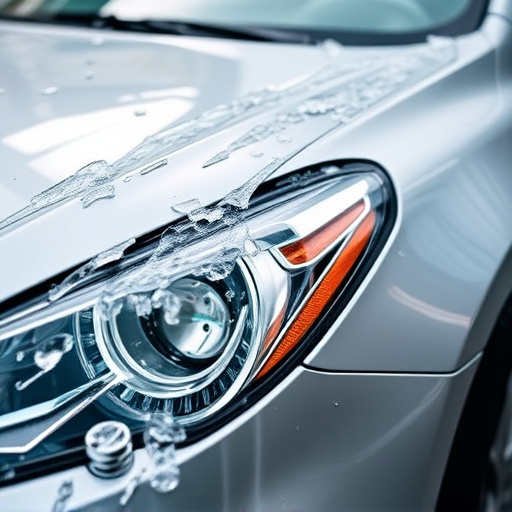
After a car crash, thoroughly documenting the incident is a crucial step in the process of filing a collision insurance claim. This involves taking multiple photos from different angles to capture not just visible damage but also any hidden issues that might affect repairs or the safety of your vehicle. Additionally, exchanging information with other parties involved—including their names, contact details, and insurance provider—is essential for streamlining the claims process.
Documenting the extent of the damage is equally vital. Keep a record of all conversations related to the incident, including any discussions about potential repairs like car dent removal or auto glass repair. Even seemingly minor issues like vehicle dent repair should be noted as they can impact the overall cost of your collision insurance claim and the subsequent settlement. Ensuring that every detail is accurately documented enhances the likelihood of a fair and swift resolution.
Understanding Your Policy Coverage and Deductible

After a car crash, it’s crucial to understand your insurance policy coverage and deductible before taking any steps. Your collision insurance claims coverage will typically step in to help with repairs or replacement costs when you’re involved in an accident that wasn’t entirely your fault. Before filing a claim, review your policy to grasp the scope of protection offered by your provider.
Knowing your deductible is also essential. This out-of-pocket expense represents the amount you’ll need to pay towards repairs before insurance coverage kicks in. Understanding these key aspects will empower you to make informed decisions about whether and how to involve your insurer, especially when considering options like fleet repair services or vehicle paint repair from reputable auto body services to restore your vehicle to pre-accident condition.
After a car crash, it’s crucial to prioritize safety and seek medical attention if needed. Before involving insurance, thoroughly document the incident, including damage photos and witness statements. Understand your policy coverage and deductible to efficiently navigate a collision insurance claim. This proactive approach ensures you’re prepared to file a claim, facilitating a smoother process for recovering from both physical and financial impacts of the accident.

